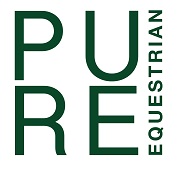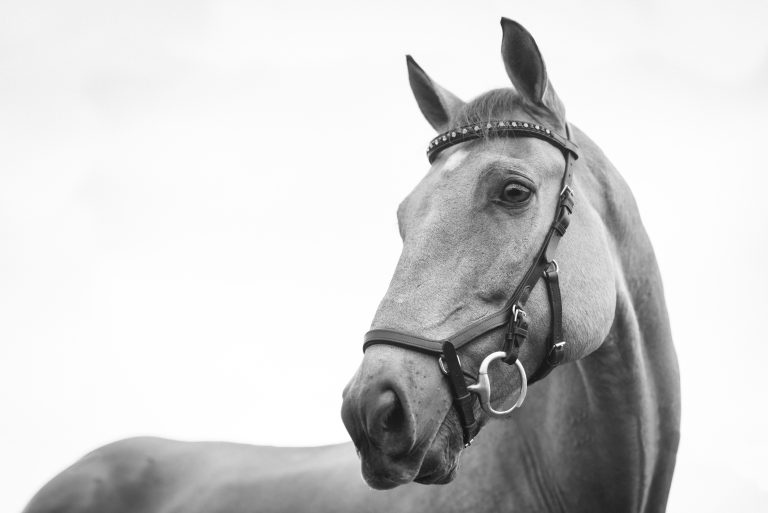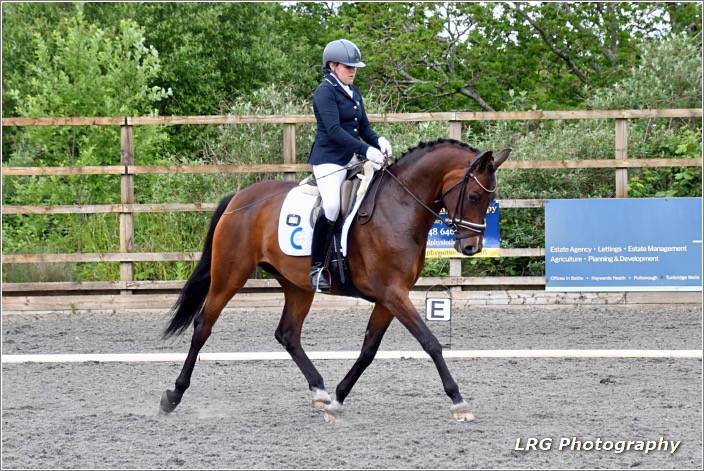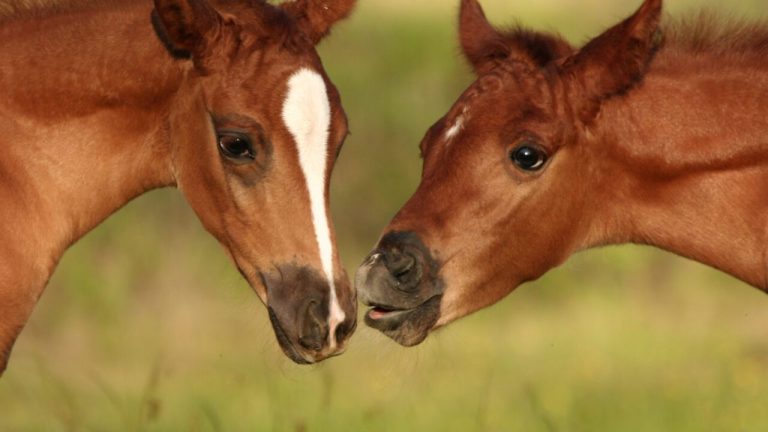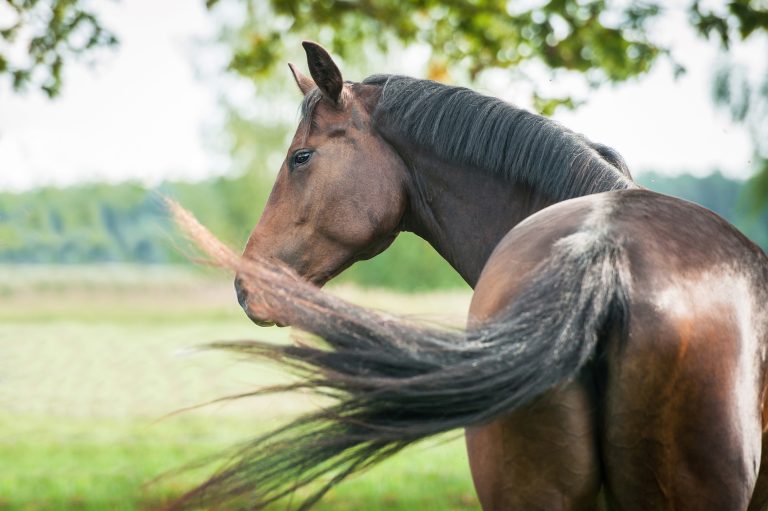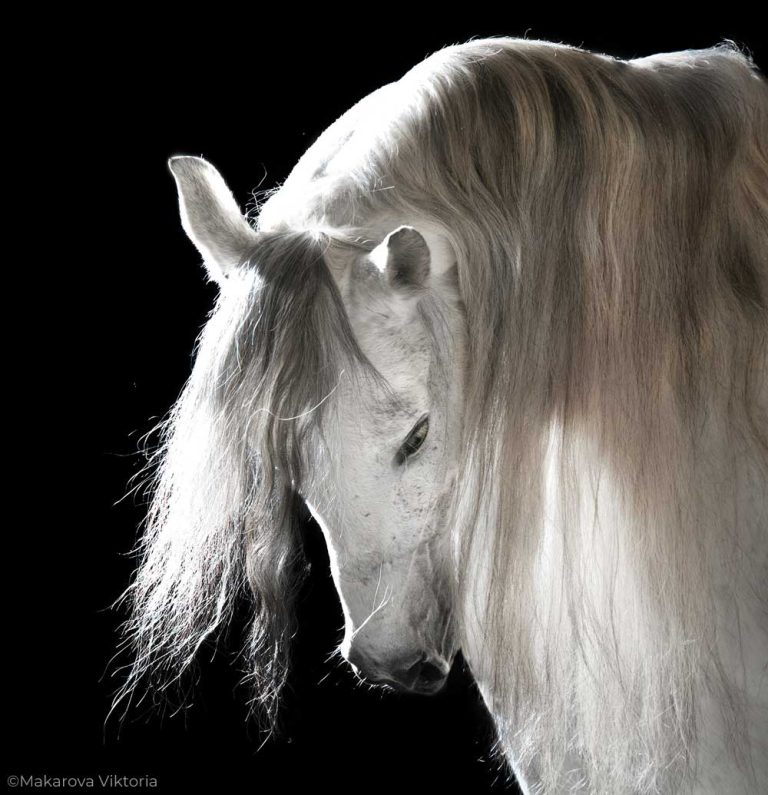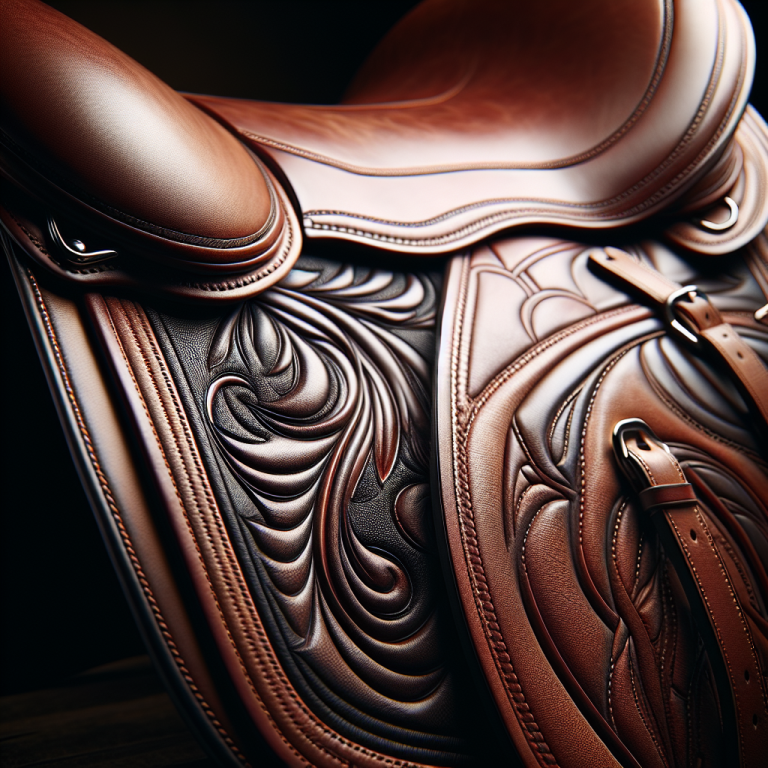In the exhilarating world of showjumping, the importance of rider position and balance cannot be overstated. These two vital elements determine not only the success of each jump, but also the safety of both horse and rider. With a solid position and impeccable balance, riders are able to effectively communicate with their horses, maintain control, and navigate technical courses with precision. Furthermore, a well-balanced rider not only enhances the overall aesthetic of the jump, but also showcases the harmony and partnership between horse and rider. So, let us explore the significance of rider position and balance in the thrilling sport of showjumping.
Table of Contents
ToggleImportance of Rider Position
Having a proper rider position is crucial in showjumping as it directly affects the rider’s ability to communicate effectively with the horse, maintain stability, aid the horse’s balance, and ultimately enhance their overall performance. By aligning your body correctly, you can ensure better communication, stability, and safety for both you and your horse.
Alignment of Body
Achieving correct alignment of the body is the foundation of a strong and effective rider position. It involves maintaining a neutral spine, correct leg position, and proper arm and hand placement.
Neutral Spine
A neutral spine refers to maintaining a straight line from the top of your head to your tailbone. This position allows for better balance and alignment of the body, minimising the risk of injury. To achieve a neutral spine, imagine a string pulling gently upward from the top of your head, elongating your spine.
Correct Leg Position
Proper leg position is essential for stability and effective communication between the rider and the horse.
Proper Arm and Hand Placement
Your arms and hands play a critical role in maintaining a balanced rider position. Your arms should be relaxed, with your elbows slightly bent and close to your body. This position allows for a better connection with the horse’s mouth and enables clearer communication through the reins.
Effective Communication with the Horse
Establishing clear and effective communication with your horse is paramount in showjumping. A well-aligned rider position facilitates this communication and helps in achieving a harmonious partnership with your horse.
Weight Distribution
By maintaining a balanced rider position, you can distribute your weight evenly across your seat and stirrups. This even weight distribution allows your horse to understand your aids more effectively and respond accordingly. Proper weight distribution promotes harmony between the rider and the horse, resulting in a smoother and more controlled ride.
Enhanced Connection
When your body is in proper alignment, you establish a stronger connection with your horse. This connection enables better communication through your seat, legs, and hands. Your horse will be more responsive to your aids, allowing for seamless transitions, sharper turns, and more accurate jumping efforts. Ultimately, an enhanced connection improves the overall harmony and performance between horse and rider.
Maintaining Stability
Stability is crucial when navigating jumps and performing intricate manoeuvres in showjumping. A correct rider position assists in maintaining stability, minimising the risk of falls or losing control during the course.
Core Engagement
Engaging your core muscles is vital for maintaining stability in the saddle. By consciously activating your abdominal and back muscles, you can stabilise your torso and pelvis, providing a solid base of support. A stable core allows you to absorb the horse’s movements, maintain balance, and make quick adjustments when necessary.
Lower Body Control
Proper alignment and position of your lower body contribute significantly to stability. Your legs, in particular, play a crucial role in maintaining stability over jumps. By keeping your legs relaxed and close to the horse’s sides, you can absorb the horse’s movements and remain securely connected to the saddle. A stable lower body also allows for effective use of leg aids, aiding in guiding the horse through the course.
Aiding the Horse’s Balance
A balanced and coordinated rider position helps aid the horse in maintaining its own balance during jumps and turns. By distributing your weight correctly and supporting your horse’s movements, you become an asset in assisting them to perform at their best.
Distribution of Weight
A well-aligned rider position allows you to distribute your weight effectively, benefiting the horse’s balance. When approaching a jump, you can shift your weight slightly forward, signaling to the horse to prepare for takeoff. Similarly, during turns, you can shift your weight towards the inside of the turn, helping the horse maintain balance and execute the manoeuvre smoothly.
Supporting the Horse’s Movements
By maintaining a stable and balanced rider position, you provide your horse with the support they need to perform their best. Your body acts as a guiding force, allowing the horse to maintain their balance during jumps, turns, and intricate combinations. Your stability and alignment help the horse feel secure, promoting confidence and a more controlled performance.
Importance of Rider Balance
Rider balance is of utmost importance in showjumping, as it directly impacts the horse’s performance and ensures the safety of both rider and horse. By maintaining equilibrium, impacting the horse’s performance, and enhancing safety, a balanced rider position is fundamental to success in the sport.
Maintaining Equilibrium
A balanced rider position ensures that your body remains centreed and aligned both laterally and vertically over the horse. This equilibrium is crucial for maintaining stability and allowing for effective communication with the horse. By staying balanced, you can make precise adjustments in your position, enabling better control and accuracy during jumps and turns.
Impacting Horse’s Performance
Your rider position and balance significantly affect the horse’s performance in showjumping. By maintaining correct alignment and balance, you provide the horse with a solid and consistent base of support. This stability allows the horse to focus on their own movements without the interference of an unbalanced rider. A balanced rider position enables the horse to execute jumps with optimal efficiency, resulting in improved speed, height, and overall performance.
Enhancing Safety
Safety is a top priority in showjumping, and maintaining a balanced rider position plays a vital role in ensuring the well-being of both horse and rider. By staying balanced and centreed, you reduce the risk of falls and accidents during jumps and manoeuvreing tight turns. A balanced rider position allows for quick reactions and adjustments, minimising the impact of unexpected situations and enhancing overall safety.
Rider Position and Balance Training
To improve your rider position and balance in showjumping, specific training exercises and techniques can be implemented. Corrective exercises and practicing riding without stirrups are particularly beneficial in developing a secure and effective rider position.
Corrective Exercises
Engaging in specific exercises that target core strength, balance, and flexibility can greatly improve your rider position and overall balance. Exercises such as planks, squats, and Pilates can help strengthen your core muscles and enhance stability. Additionally, yoga or stretching routines can improve flexibility and promote a supple and aligned rider position.
Practice Riding Without Stirrups
Riding without stirrups is an excellent method to develop a secure and balanced rider position. By eliminating the use of stirrups, you are forced to rely solely on your seat, legs, and core for stability and balance. This practice helps strengthen the correct muscle groups, enhances feel and connection with the horse, and improves overall rider position.
In conclusion, the importance of rider position and balance in showjumping cannot be overstated. A proper rider position ensures the alignment of the body, facilitates effective communication with the horse, maintains stability, aids the horse’s balance, and enhances overall performance. By focusing on achieving correct alignment, clear cueing, stability, and supporting the horse’s movements, you can become a skilled and successful showjumping rider. Regular training and practicing exercises designed to enhance rider position and balance will contribute to your progress and success in the thrilling sport of showjumping.
